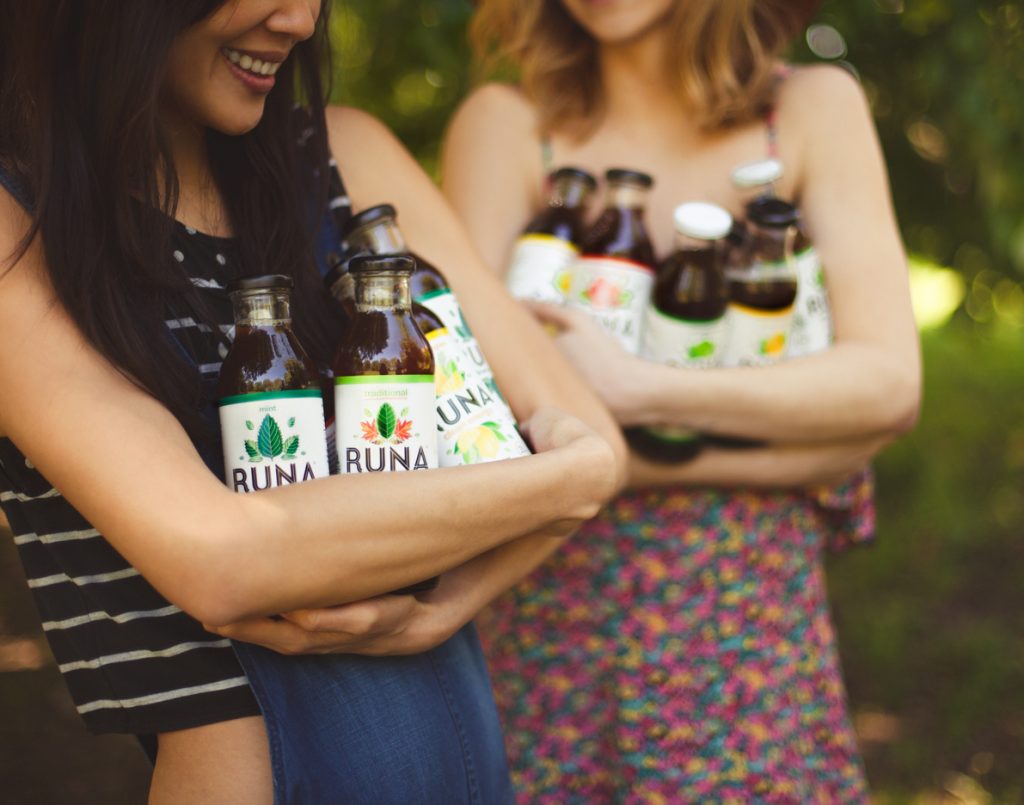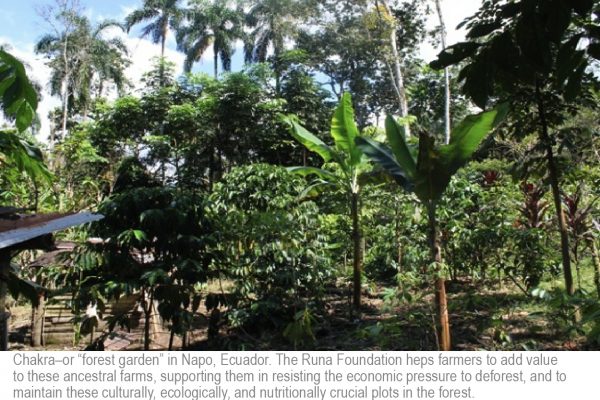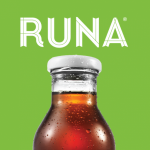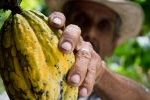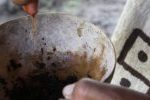We sat down to talk to Eliot Logan-Hines, Executive Director of the Runa Foundation. The Runa Foundation is a not-for-profit entity that works closely with its commercial partner, Runa LLC, to support communities and ecosystems in the Amazon by commercializing its one-of-a-kind products in a manner that adds value to and conserves the forest, as well as the future livelihoods of those who inhabit it. This triple-win scenario of conservation–community development–is at the heart of the product Runa’s success is based on: Guayusa, a plant native to the Amazon, with energy-inducing qualities and delicious flavor. Runa Foundation currently works with 2,300 indigenous farming families in the Ecuadorian Amazon who produce guayusa to implement organic and Fair Trade certified farming practices to increase yields, build capacity for farmers’ cooperative management, and develop public policies that promote sustainable agriculture in the region.
Over the last 7 years, Runa has taken a traditional product previously unknown outside its Amazon home and positioned it on shelves at over 12,000 points of sale in the United States. We talked to Eliot to see what the key to success has been for them, and what the future has in store for Runa now that they have established themselves as a reputable force for change and beverage powerhouse (Leonardo di Caprio just invested big in Runa, so you know we’re not exaggerating). We share his insights here.
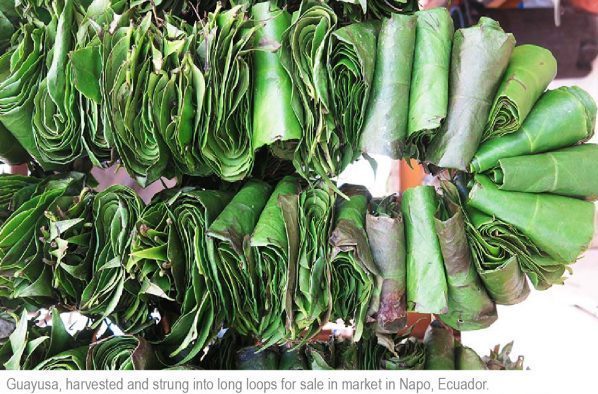 Runa has an interesting business model, with a for-profit company complemented by a not-for-profit organization to support with forest conservation and community development, tell us a bit about how that works.
Runa has an interesting business model, with a for-profit company complemented by a not-for-profit organization to support with forest conservation and community development, tell us a bit about how that works.
We’re not a normal charity that just gives to communities. We’re really trying to create new value chains that can be sustainable in the long term. I wouldn’t say that we’re the only ones that do this, but I think that our innovative non-profit, for-profit structure is very unique, and most organizations don’t function in that way.
We believe that markets are essential in driving social and environmental change, and that the engine of growth for local communities is having a market and having a company that buys products. There are many bad stories that have happened in the Amazon with markets for rubber or for coca, so the idea of our foundation is to really work and say, “OK, how do we make sure that these new markets are really providing for and supporting local people?”
How important are socially and environmentally responsible consumers in the success of your products?
I think it’s complicated when we talk about consumers, because yes, there are consumers who want to know that sustainability story behind the product, they want to feel good about what they’re buying. But consumers can be very fickle. You really have to think about marketing: What is the market? What are you trying to sell?
I think that generally one should be careful not to depend too much on the story. The product itself needs to sell for what it is. So for us, guayusa sells because it’s an amazing beverage, it’s an amazing product, and the fact that we have all these stories is an added benefit in the marketing. But we don’t see that as the main piece in terms of marketing, even if it’s our main motivation.
What’s next, are there other triple-win products like guayusa that you´re excited about?
The good thing about our model is that it really weaves the possibility for replicating our experience with other products. We’re really excited about the Amazon peanut–different from your typical peanut–it’s purple, and native to the Amazon–which is our first step towards a new product. What’s also interesting and important to note is that Runa, the for-profit company, is not the company that’s going to be selling this. This is really our non-profit working with a new, external company that we’ve brought in to be in charge of marketing this. So it’s a new partnership for us, and it’s a new way of adapting our model as we grow, and I think there’s a lot of potential to replicate the process with other new products.
I can’t necessarily name any other specific products right now, but I can tell you that we’re really interested in medicinal plants. In Peru and in Ecuador we’re working to build a research center, focused specifically on medicinal plants and partnering with indigenous communities to better understand the way medicinal plants were and are used, as well as their potential applications for the future.
So that’s one direction that we’re moving toward, but we’re not only interested in products. We’re working right now with a community in Napo, Ecuador, supporting them in an ecotourism project. It’s really the same idea: how do we drive more value to the forest? Tourism is definitely one of those great drivers. It’s a little bit of a different project for us because it’s not really our expertise, but we’re interested in supporting it, so it’s a motivation for us to experiment.
We’re also working on a proposal right now to look at supporting communities with their timber management: How do they manage timber species? How they can make more money off of the wood that they harvest, and how can we encourage them to make sure their harvest is sustainable?
As an organization, we’re really interested in a lot of the different ways in which the forest can really be revalued, and how indigenous communities can make money off of their forests in a sustainable way throughout the future.
Recommended Links
[clear]
